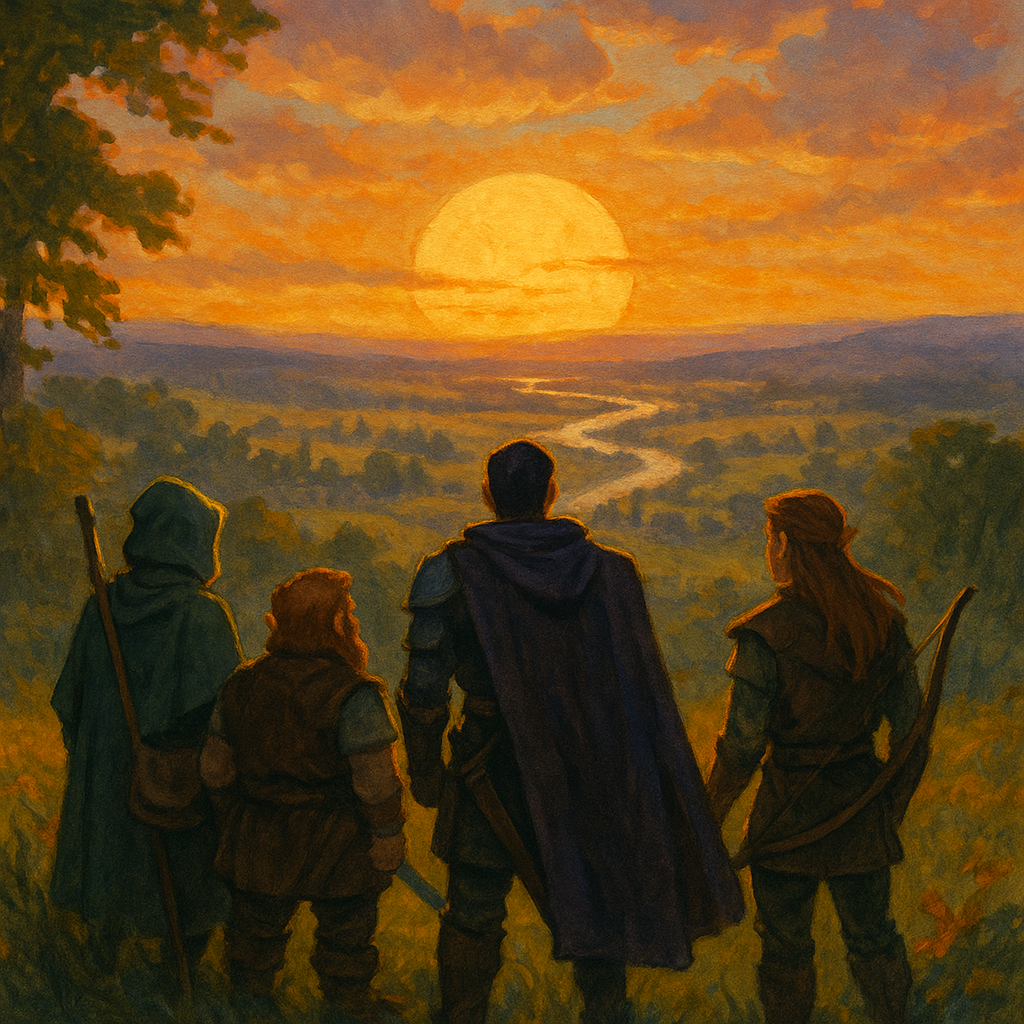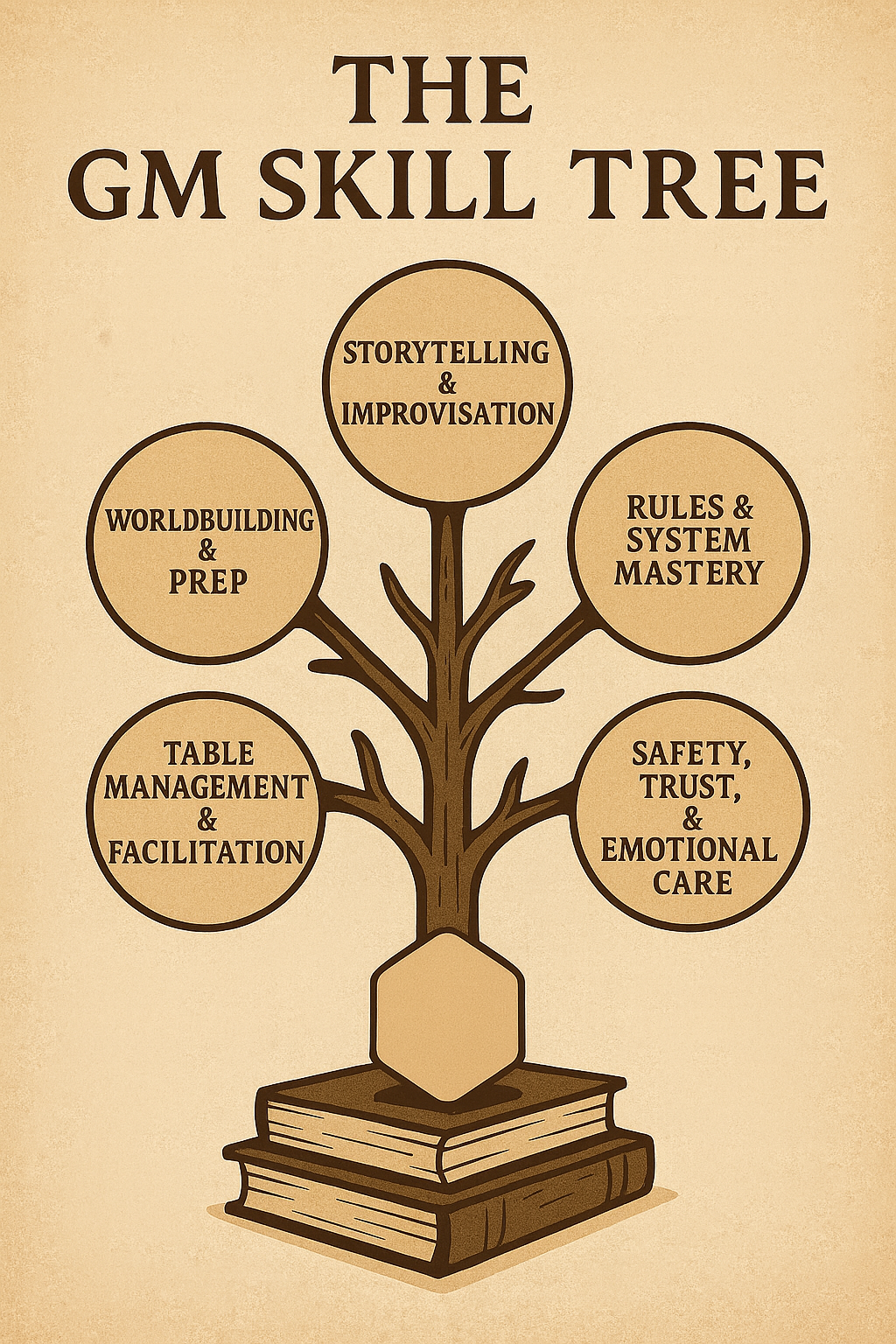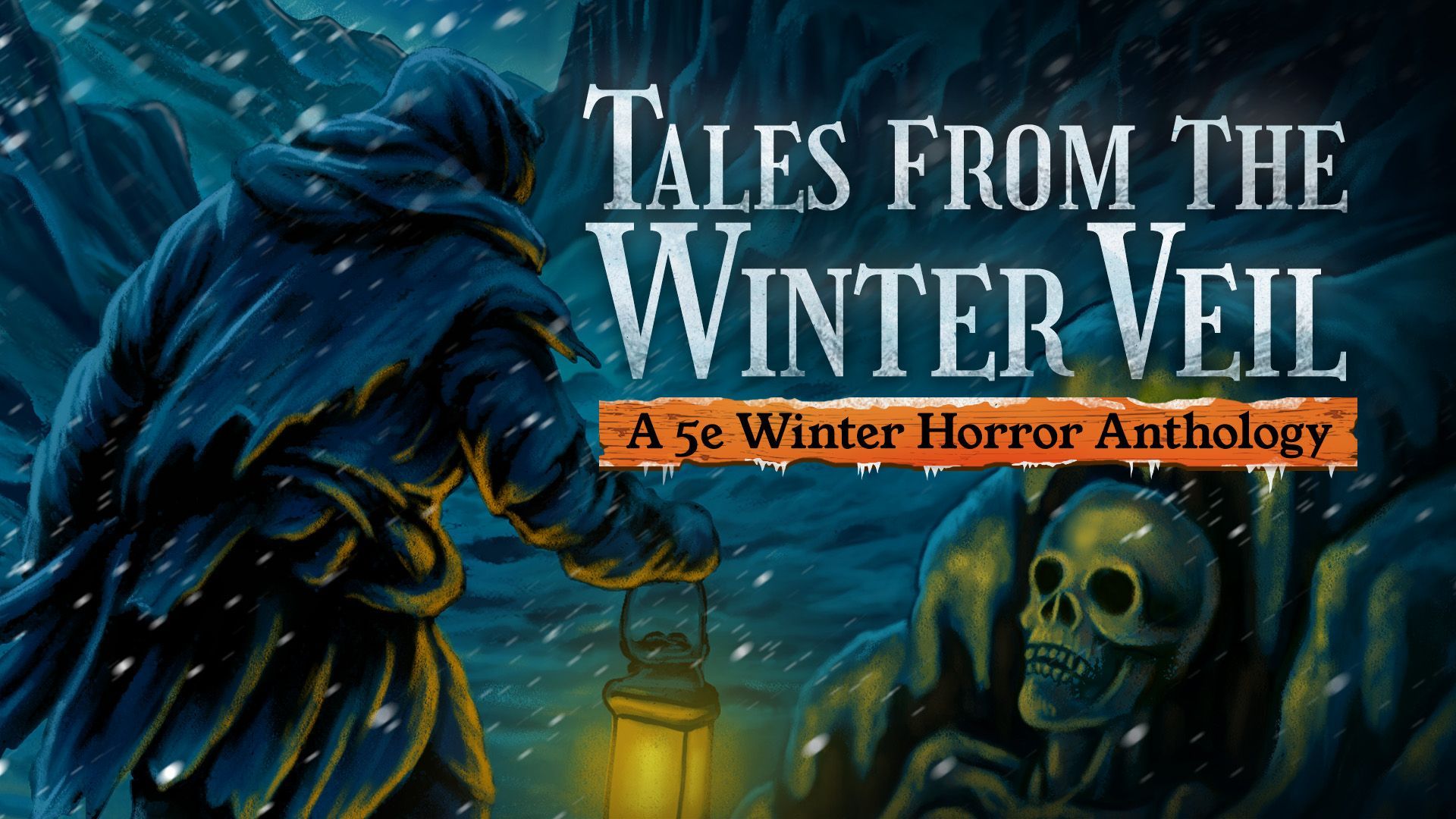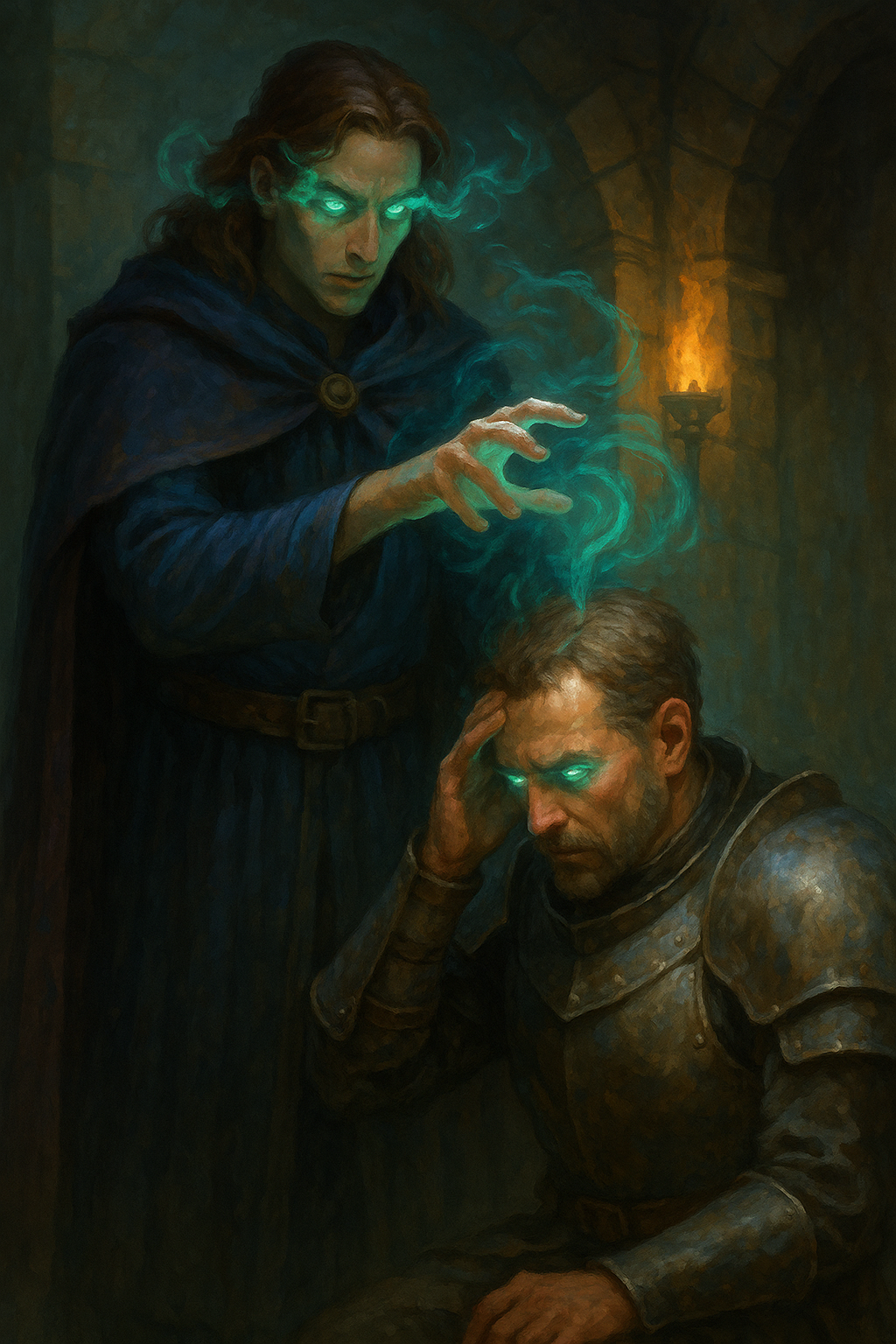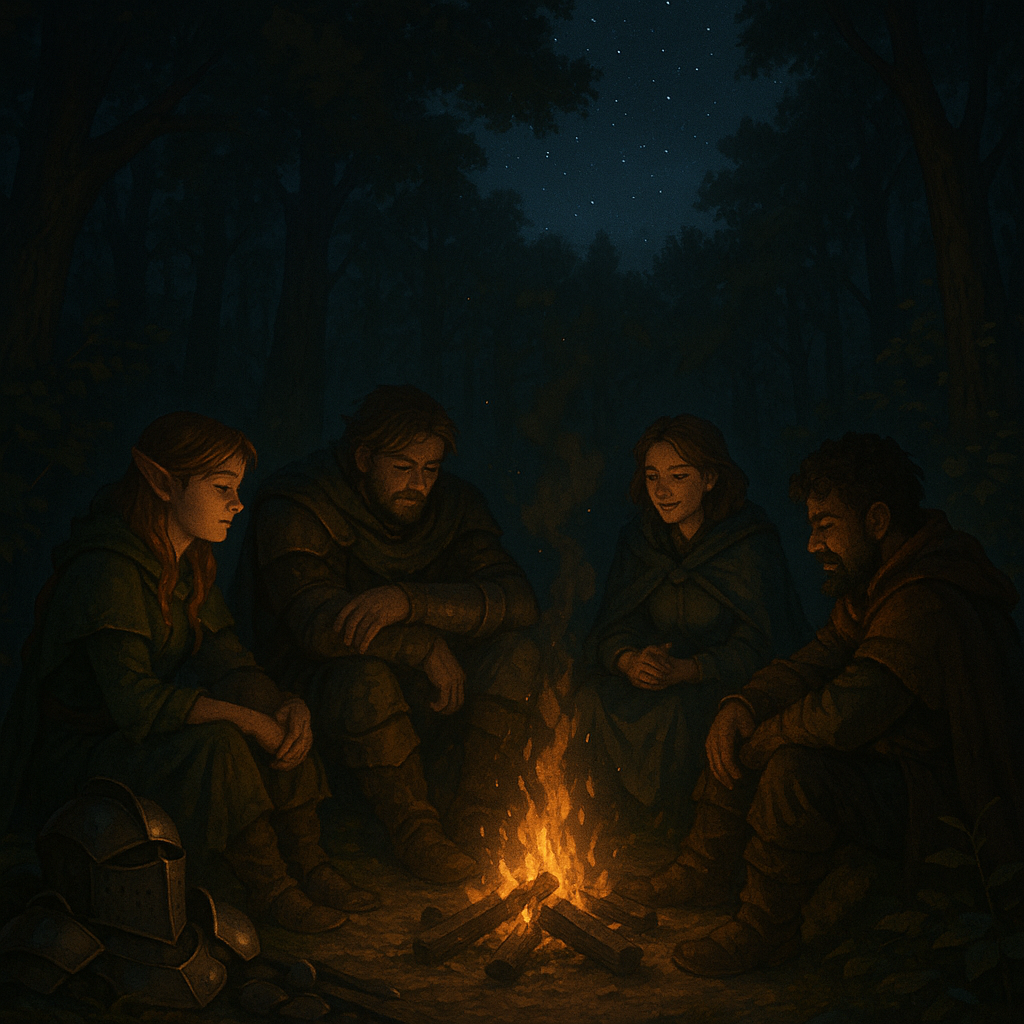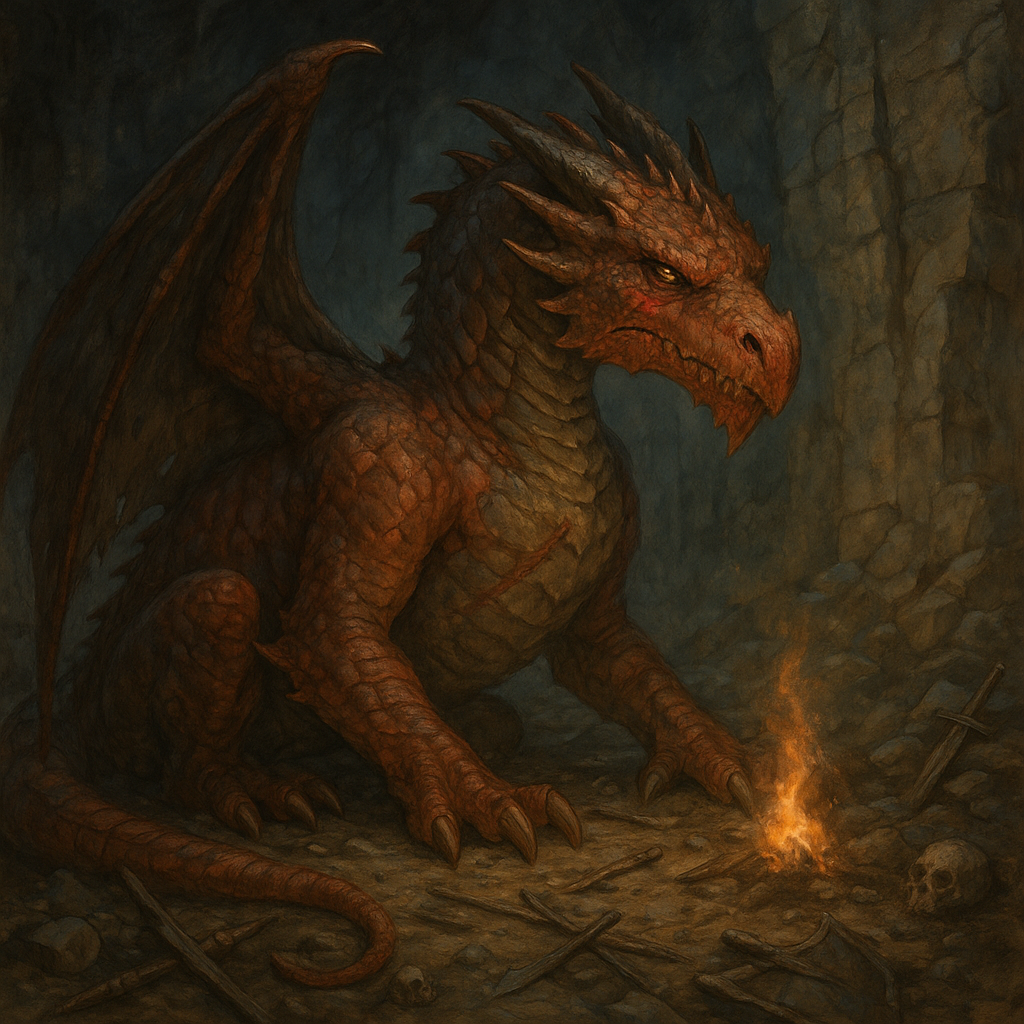How-To DM: Running an Epic Boss (BBEG) Fight
Dear Readers, I’m going to try a different format for this post to see how I feel about it. If you love it or hate it, let me know in the comments section below!
Introduction
One of the most exhilarating aspects of D&D is facing formidable foes in epic boss battles. These climactic encounters can be the pinnacle of a campaign, providing players with unforgettable experiences. In this blog post, we will explore techniques for designing and running epic boss battles in D&D, with a focus on creating memorable and engaging encounters. Whether you are a Dungeon Master looking to challenge your players or a player eager to understand what makes a boss battle truly epic, this guide is for you.
Table of Contents
- Understanding the Anatomy of an Epic Boss Battle
- Design Principles for Epic Boss Battles
- A. Story Integration
- B. Unique Mechanics
- C. Multiple Phases
- D. Location and Environment
- E. Minions and Allies
- F. Player Engagement
- Balancing the Encounter
- A. CR Considerations
- B. Action Economy
- Building Tension and Immersion
- Epic Rewards and Consequences
- Case Study: The Ancient [insert color here] Dragon
- Player Tips for Epic Boss Battles
- Conclusion
1. Understanding the Anatomy of an Epic Boss Battle
Before diving into the details of designing epic boss battles, it’s essential to understand the basic components that make up these thrilling encounters:
- A Formidable Foe: The boss is the central antagonist, a unique and powerful adversary that the players must overcome.
- Climactic Setting: Boss battles often take place in unique locations, adding a sense of grandeur and tension to the encounter.
- Engaging Mechanics: Epic boss battles are more than simple slugfests. They incorporate unique and challenging mechanics that test the players’ skills and teamwork.
- Narrative Significance: Boss battles should advance the story and provide resolution or progression to the campaign’s plot.
- Tension and Immersion: The encounter should be emotionally engaging, drawing players into the action and making them feel the stakes involved.
- Rewards and Consequences: The outcome of the battle should have significant implications for the campaign, and players should be appropriately rewarded or face consequences.
2. Design Principles for Epic Boss Battles
To create truly epic boss battles, consider these design principles:
A. Story Integration
The boss battle should seamlessly fit into the campaign’s narrative. It should resolve storylines, reveal critical information, or introduce new plot elements. Make sure the boss’s motivations and actions align with the world and story you’ve crafted.
Example: If the campaign centers around preventing an evil cult from summoning a world-ending demon, the boss might be a high-ranking cult leader who reveals the true nature of the ritual.
B. Unique Mechanics
Epic boss battles should feature mechanics that distinguish them from ordinary encounters. These mechanics can involve environmental hazards, special abilities, or dynamic phases. Mechanics should challenge players’ problem-solving abilities and keep them engaged.
Example: The boss might periodically summon portals to other planes, introducing unpredictable monsters or environmental changes.
C. Multiple Phases
To maintain player engagement and prevent battles from becoming repetitive, consider dividing the boss encounter into multiple phases. Each phase should bring new challenges and mechanics, requiring players to adapt and strategize.
Example: A lich boss might start as a frail spellcaster, then transition into a fearsome melee combatant after reaching half health (wouldn’t that be a change they wouldn’t expect!).
D. Location and Environment
The setting of the boss battle should be visually striking and play a significant role in the encounter. Utilize terrain, traps, and interactive elements to create a dynamic battlefield that adds excitement and complexity.
Example: A boss fight on the unstable platforms of a volcanic cavern, with lava geysers erupting at intervals, provides both danger and tactical opportunities.
E. Minions and Allies
Bosses often have minions or allies to support them, adding another layer of challenge to the encounter. These allies can disrupt the players’ tactics, protect the boss, or provide additional objectives.
Example: A vampire lord might have a cadre of thralls who harass the players, forcing them to decide whether to focus on the minions or the boss.
F. Player Engagement
Epic boss battles should be emotionally engaging. Use vivid descriptions, role-playing, and in-game events to immerse players in the story and make them care about the outcome. Create dilemmas and moral choices that deepen the narrative.
Example: The boss could reveal a sympathetic motive, causing players to question whether they should attempt to redeem or destroy the antagonist.
3. Balancing the Encounter
Balancing an epic boss battle is a challenging task, but it’s crucial to provide an enjoyable and fair experience for your players. Consider the following aspects:
A. CR Considerations
The Challenge Rating (CR) of the boss should be appropriate for the party’s level and abilities. Remember that the CR of the boss should account for their unique mechanics and the potential presence of allies.
Example: If you have a party of four level 10 characters, a CR 10 boss may not pose much of a challenge, but if you factor in allies and unique mechanics, it can be an appropriate encounter.
B. Action Economy
One of the most critical aspects of balance is action economy. A single boss fighting against a group of players can often be overwhelmed. To address this, consider giving the boss legendary actions, lair actions, or multiple turns per round to maintain balance.
Example: A dragon boss might have legendary actions that allow it to make additional attacks, move, or use its breath weapon outside of its turn.
4. Building Tension and Immersion
Epic boss battles should evoke emotions and immerse players in the experience. Here are some techniques to achieve this:
- Descriptive Narration: Describe the boss’s appearance, actions, and surroundings vividly. Use sensory details to make the encounter come alive.
- Sound and Music: Play atmospheric music or sound effects to enhance the mood. A sudden change in music can signal a shift in the battle, creating anticipation.
- Reinforce Stakes: Make the players aware of the consequences of failure. The world or campaign should be altered in significant ways depending on the outcome.
- Character Connections: If possible, tie the boss to the players’ backstories or previous events in the campaign. Personal stakes can be highly motivating.
- Revealing Information: Provide the players with information or clues during the encounter that deepen the narrative or help them strategize.
5. Epic Rewards and Consequences
The outcome of an epic boss battle should be meaningful. Consider the following rewards and consequences:
- Loot and Treasures: Reward the players with unique, powerful items or artifacts that are directly related to the boss. These should be more than just statistical upgrades.
- Narrative Impact: The defeat of the boss should have a noticeable effect on the world. Allies may rally, or new threats may emerge in the campaign.
- Character Development: The battle should provide character development opportunities, such as moral choices, character growth, or the chance to fulfill personal goals.
6. Case Study: The Ancient Dragon
Let’s take a closer look at a classic epic boss in D&D: the ancient [insert color here] dragon. Dragons are iconic adversaries, and designing a memorable dragon encounter requires careful planning.
Story Integration: An ancient dragon is a legendary creature, and its presence in your campaign should be a significant event. Its motives could be tied to ancient prophecies, the ambitions of a dragon cult, or a threat to the world.
Unique Mechanics: To make the dragon fight memorable, give it distinctive abilities. For example, it could have a breath weapon that changes type every round or be able to call upon the elements for environmental effects (think dracohydra from Fizban’s )..
Multiple Phases: You could divide the encounter into two phases. In the first phase, the dragon primarily uses its breath weapon and flight to attack from a distance. When the dragon reaches half health, it lands and enters a melee combat phase, gaining new abilities and resistance to damage.
Location and Environment: Set the encounter in the dragon’s lair, a vast cavern filled with treasure, traps, and obstacles. This environment adds tactical depth to the battle. Lair actions become important here. Remember them and use them ! Remember that those lair actions are part of the CR of the encounter!
Minions and Allies: The dragon might have a cadre of loyal kobold followers who aid it in the battle. These minions harass the players, potentially forcing them to split their focus.
Example (sure it’s 4e based, but the humorous scenario applies):
Player Engagement: Make the dragon’s motives complex. It might be guarding a powerful artifact it believes will save the world, and players must decide whether to confront or negotiate with the dragon.
Balancing the Encounter: A CR-appropriate ancient dragon is a significant threat, but the presence of allies, dynamic mechanics, and a two-phase encounter can keep the battle balanced and exciting.
Rewards and Consequences: If the players defeat the dragon, they acquire a portion (or all!) of its hoard and gain the dragon’s favor (or the results of its death), potentially earning future aid (even if it’s from the locals who were terrorized by said dragon). However, the dragon’s death may also have political and ecological consequences in the campaign world.
7. Player Tips for Epic Boss Battles
Players, you play a crucial role in making epic boss battles memorable. Here are some tips to enhance your experience:
- Strategize: Collaborate with your party to develop a solid battle plan. Effective coordination and strategy can turn the tide in your favor.
- Adaptability: Be prepared to adjust your tactics as the battle progresses and the boss reveals new mechanics or phases.
- Role-Playing: Engage with the story and immerse yourself in the narrative. Make choices that align with your character’s beliefs and motivations.
- Use Your Resources: Don’t hoard your consumable items or abilities. Epic boss battles are the time to unleash your most potent assets.
- Communication: Maintain open communication with your DM. If something isn’t clear or you have ideas, share them. A cooperative approach enhances the game for everyone.
8. Conclusion
Epic boss battles are a cornerstone of the D&D experience, offering players thrilling challenges and memorable moments. To create and run these encounters effectively, focus on story integration, unique mechanics, multiple phases, environment, allies, and player engagement. Balance the encounter by considering CR and action economy. Build tension and immersion through vivid storytelling and stakes. Make the outcome meaningful with epic rewards and consequences. Finally, players can enhance the experience by strategizing, adapting, role-playing, and communicating effectively.
In the end, the goal of an epic boss battle is not just to defeat a powerful foe but to create a shared, unforgettable story that will be talked about around the gaming table for years to come. So, whether you’re a DM or a player, embrace the challenge, and may your epic boss battles be legendary.















